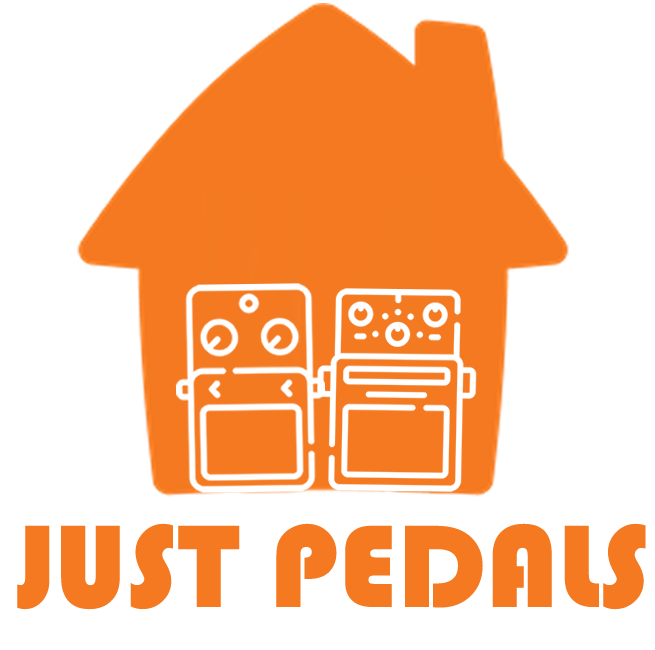just a load of Wah Video – Expectation VS Reality | Wah Pedal |
Wah Video – Expectation VS Reality | Wah Pedal |
BOSS ME-90 Guitar Multi-Effects | All-In-One Guitar Processor | 11 Onboard AIRD Amp Models | 60 Effects derived from the GT-1000 | 8 Multi-Function Footswitches & Redesigned Expression Pedal
£311.00 £258.00
The BOSS ME series has been a favorite of performing guitarists for over three decades, combining multi-effects power with intuitive hands-on control for crafting tones in seconds. The ME-90 is the most advanced ME model to date, offering exceptional… read more
Behringer COMPRESSOR/SUSTAINER CS400 Ultimate Dynamics Effects Pedal, Green
£24.36 £15.90
Smooth, Consistent Tone: Compress dynamic range by softening peaks and boosting quieter signals, ensuring every note maintains steady, velvety sustain Precise Control: Dial in the perfect compression with dedicated Attack, Sustain, Level, and Tone co… read more
SONICAKE Delay and Reverb Guitar Bass Effects Pedal Sonic Ambience Multi Mode Tap Tempo
£37.99 £34.19
4 Mode Delay and 4 Mode Reverb in One Small Pedal Maximum 2000ms Delay Time with Tap Tempo Function Tap Tempo Function for Real-time RATE Control Special Design Buffer Bypass Circuit Keeps the Sound Pristine Guitar Bass Effects Pedal working with 9V … read more
LEKATO Guitar Loop Effect Pedal 5 Minutes Unlimited Overdub Recording Time Guitar Looper Electric Loop Pedel Station for Guitars & Bass Keyboard Musical Instruments
£39.99
★ SOLID CONSTRUCTION : The loop station is ultra simple design and super mini size, made of aluminum alloy, very convenient and durable. Let you out to show there is no burden. Enjoy your own fun and colorful life. ★ UNCOMPRESSED AUDIO: The looper pr… read more
JOYO Bass Guitar Pedals Preamp Overdrive Pedal with EQ and Noise Reduction DI Output for Pop Funk Metal Bassist Electric Guitar (TIDAL WAVE R-30)
£75.99 £58.13
R-30 bass preamp analog pedal that vividly simulates classic 90's bass tone for bassist various music style of pop, funk and metal, etc. 3 band EQ high dynamic adjustment tone with middle selects 500/1000Hz and bass shifts 40/80Hz toggle switch. Prec… read more
Donner Reverb Guitar Pedal, Verb Square Digital Reverb 7 Modes Room, Hall, Church, Spring, Plate, Studio, Mod, True Bypass
£49.99 £36.99
7-Mode Effects: Room, Hall, Church, Spring, Plate, Studio and Mod. Digital circuit design, true bypass provides transparent tone. Whole Aluminium-alloy classic, stable and strong. LED indicator shows the working state. DC 9V Adapter power supply.(not… read more
















